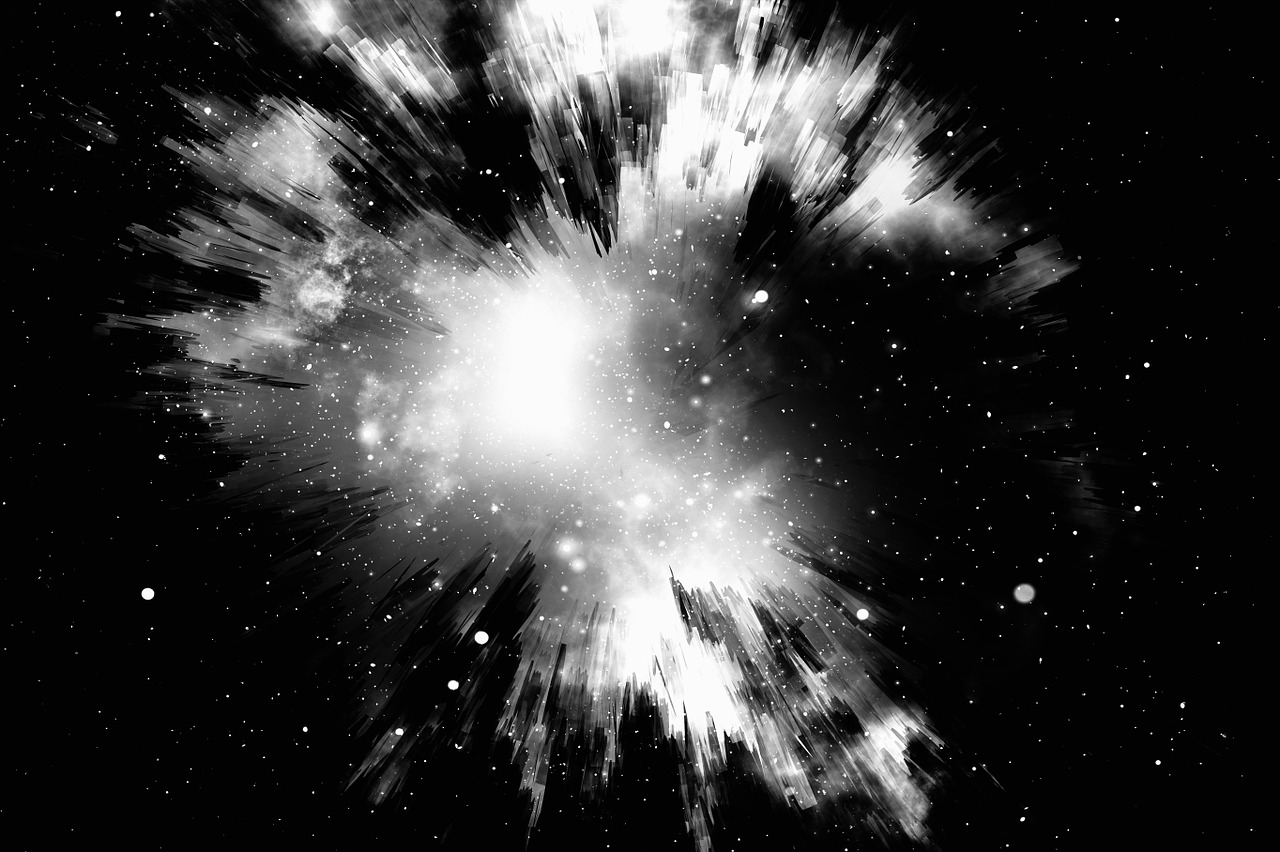|
By Victoria Comunale The massive expanse of space can bring wonder to just about anyone with a simple gaze upward. One might find themselves overwhelmed by the sheer number of stars and planets that are found against the backdrop of the seemingly boundless darkness. But the cosmos offers up so much more than a beautiful scene to look at—it is a mystery, or more appropriately, a puzzle, with clues just waiting to be pieced together. What makes up this enigmatic expanse? What compounds that are incredibly rare on earth might be as abundant as oxygen is to us? The study of such enigmatic molecules and chemical interactions in space, known as astrochemistry, promises to offer insightful clues about the nature of atoms and molecules. Immediately following the Big Bang, the grand catalyst for the beginning of the universe, activity was rampant. With the collisions of protons and neutrons, traces of hydrogen, helium, and lithium began to form, but all without electrons. Helium was the first to form complete atoms with protons, neutrons, and electrons. Hydrogen and the small amounts of lithium, however, had difficulty acquiring electrons by themselves. So, although helium is a stable noble gas, hydrogen nuclei kept colliding into helium, trying to get a share of its electrons. Through these collisions, the very first molecule of sustained abundance was formed through a chemical bond between helium and hydrogen. This molecule was called helium hydride or helonium (HeH+). This unlikely union of helium and hydrogen was surprising since, as a noble gas, helium has a full valence shell and has no need to share electrons. Yet in the environment of early space, it was the only way hydrogen was able to access electrons. While HeH+ can be synthesized in laboratory environments, its existence in nature was, until recently, still an important missing piece to the theory. In a recent study, a group of researchers at Max-Planck Institute for Radio Astronomy in Germany confirmed the existence of HeH+ in interstellar space through studying a planetary nebula. Due to advances in spectroscopy, one of the techniques used to determine the existence of HeH+, the search for this molecule that has been eluding scientists has finally concluded in success. These researchers were prompted to study planetary nebula NGC 7027, which proved to be a model candidate in their search for HeH+. They were specifically interested in focusing on a thin layer in the star where the He+ and H+ layers overlapped. Previous studies of this layer did not prove to be useful because observations with the Infrared Space Obserbatory’s Long Wavelength Spectrometer were inconclusive due to the imprecision of the technology. Yet with the deployment of the new spectrometer called the German Receiver for Astronomy at Terahertz Frequencies (GREAT), the researchers were finally able to prove the existence of HeH+ in nature. Now HeH+ joins the ranks of the more than 200 molecules that scientists have been able to detect in space. Some of these include water and formaldehyde, chemicals that are ubiquitous here on earth, yet others are more bizarre and only naturally exist outside of earth, such as HeH+. The corroboration that HeH+ can be formed in space supports and places further credibility on pathways taken for the formation of other molecules in space. For example, the destruction of HeH+ creates a path for the formation of molecular hydrogen. Astrochemistry, although seemingly innocuous, offers us a different avenue with which to explore how atoms interact and how bonding occurs in a strange, new environment. Ultimately, the exploration of this field can help answer questions that have plagued philosophers and scientists for centuries, such as how the Earth and the solar system came to be and how, ultimately, life was able to form.
0 Comments
Leave a Reply. |
Categories
All
Archives
April 2024
|

